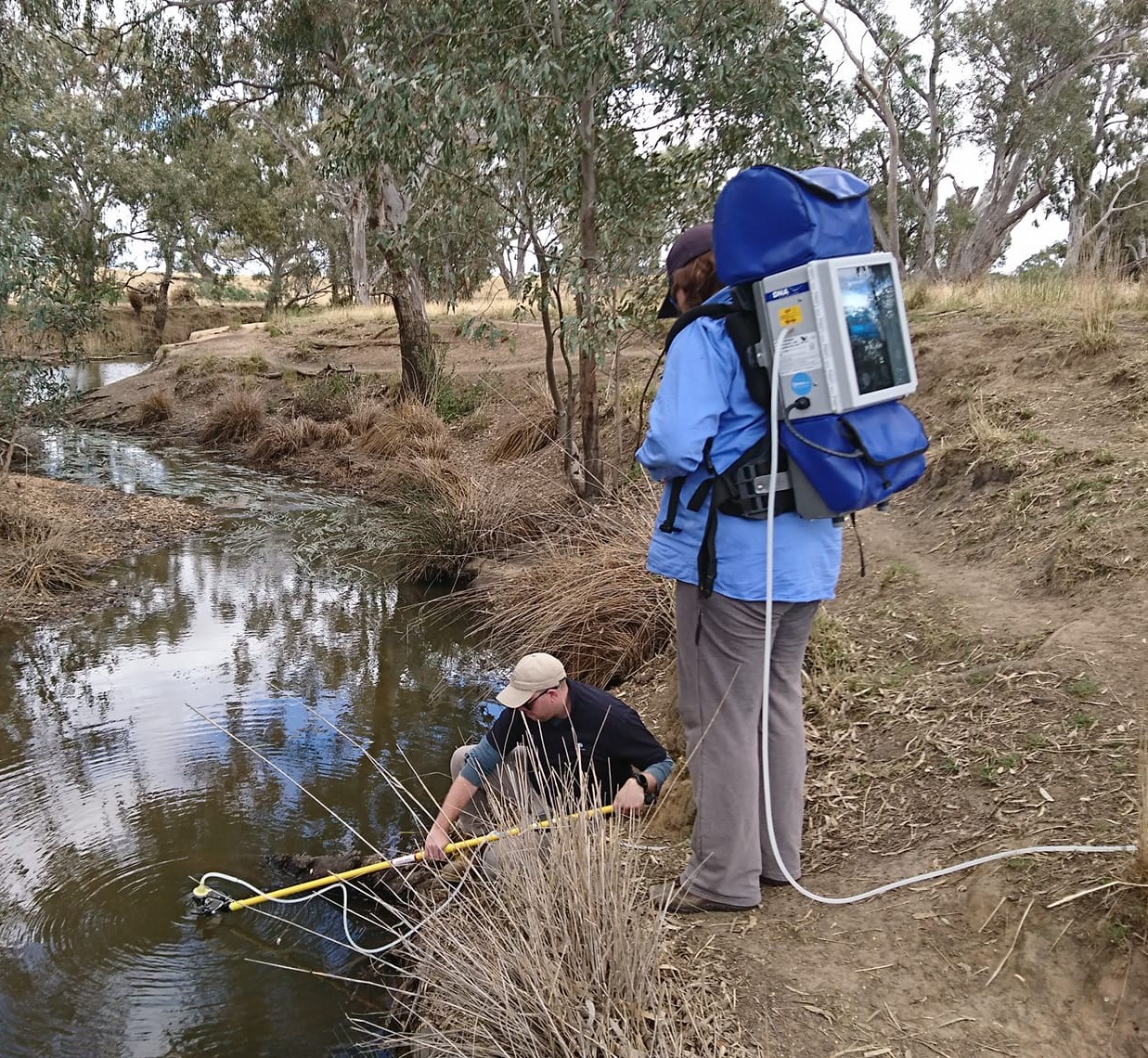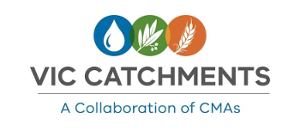Partnering to deliver cultural and environmental outcomes at the Ranch Billabong
LOCATION
Wimmera
TRADITIONAL OWNERS
Wotjobaluk Peoples
OUTPUTS
- 1 waterway structure (pipeline)
- 1 partnership
- 1 trail maintained
- 2 publications
- 5 assessments
INVESTMENT
Integrated water management, EC5 – Water for the Environment in the Wimmera, Our Catchments, Our
Communities , and Lower Wimmera
Flagship
PARTNERS
Barengi Gadjin Land Council
Wimmera CMA has partnered with Barengi Gadjin Land Council, Arthur Rylah Institute, Australian Government and the Department of Energy, Environment and Climate Action to enhance the cultural and environmental values of the Ranch Billabong, on the Wimmera River near Dimboola.
Located adjacent to Barringgi Gadyin (Wimmera River) at Dimboola, the culturally significant Ranch Billabong site has been home to many generations of the Wotjobaluk Peoples and remains a Special Place today for gathering, sharing and connecting with culture.
In partnership with Barengi Gadjin Land Council and other stakeholders we have been supporting efforts to achieve the priority goals for the site as outlined in the Country Plan ‘Growing what is Good: voices of the Wotjobaluk Nations’. Works at the site have included carp removal, flora, fauna and water quality monitoring, revegetation and the construction of visitor facilities including walking tracks, interpretive signage and access crossings. A priority goal for the site was to restore a natural flooding regime to the billabong system to improve water quality, vegetation health and bird and fish habitat.
Prior to this year watering of the site could only be achieved via pumping from the Wimmera River in collaboration with the Victorian Environmental Water Holder. A focus of the partnership between Wimmera CMA and the Land Council was to improve the capacity of Traditional Owners to monitor condition and plan for and deliver water, with the long-term vision of creating a permanent connection between the Billabong and the Wimmera River.
This vision was realised in 2023-24 with the construction of a 163 metre directional drilled pipeline connecting the billabong to the Wimmera River. In addition to providing a permanent connection and reducing the costs associated with watering, this project empowers Traditional Owners to regulate water levels in the billabong to support cultural and environmental outcomes.

eDNA testing at the Billabong









